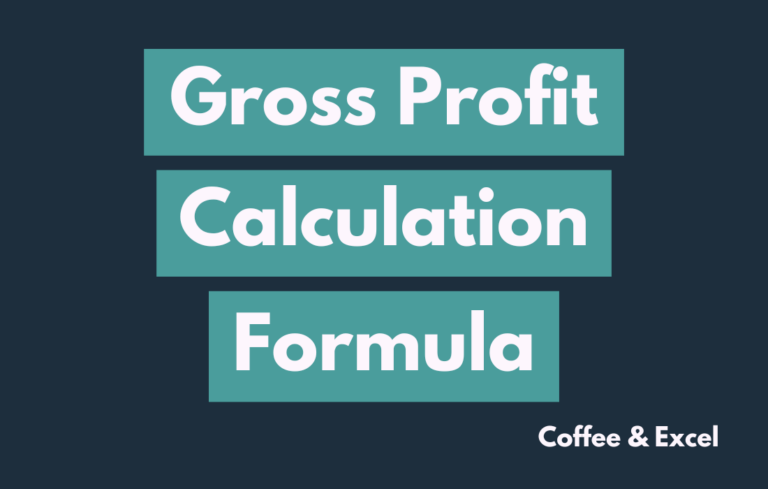5 Key Steps to Understanding the Income Statement

Introduction
Understanding the income statement, also known as the profit and loss statement, is a fundamental skill for anyone involved in business. Whether you’re a small business owner, an investor, or a student studying for your CFA Level 1, this guide will help you decipher the complexities of income statements. By the end of this article, you’ll have a solid understanding of income statements and how to use them to make informed decisions.
What is an Income Statement?
An income statement is a financial document that provides a snapshot of a company’s profitability over a specific period. It details the company’s revenues, costs, and expenses, leading to the net income or loss for the period. Understanding the income statement is crucial as it reveals the company’s ability to generate profit by increasing revenue, reducing costs, or both.
The Structure of an Income Statement
The income statement is structured in a way that starts with the gross revenue at the top. From there, various costs and expenses are subtracted to arrive at the net income at the bottom. The main components of an income statement include:
Revenue: This is the income generated from the company’s main operations. It could be sales for a retail company or service fees for a service-based company.
Cost of Goods Sold (COGS): These are the direct costs associated with producing the goods sold by a company.
Gross Profit: This is calculated by subtracting COGS from Revenue.
Operating Expenses: These include all other costs associated with running the business, such as salaries, rent, and marketing expenses.
Net Income: This is the final profit or loss figure, calculated by subtracting operating expenses from gross profit.
Understanding the Income Statement Ratios
Financial ratios derived from the income statement provide insights into a company’s profitability, operational efficiency, and solvency. Here are a few key ratios:
Gross Profit Margin: This ratio indicates the percentage of revenue that exceeds the COGS. It’s a measure of the company’s manufacturing and distribution efficiency during the production process.
Operating Profit Margin: This ratio indicates how much profit a company makes after paying for variable costs of production such as wages, raw materials, etc. It gives an idea of the company’s pricing strategy and operating efficiency.
Net Profit Margin: This ratio is the percentage of revenue remaining after deducting all expenses and taxes. It measures the profitability of the company.
Understanding these ratios can help stakeholders make informed decisions about the company’s financial health.
The Link Between the Income Statement and Balance Sheet
The income statement and balance sheet are interconnected. The net income from the income statement is carried over to the balance sheet and added to the owner’s equity. This shows that the profits of the company increase the owner’s equity, while losses decrease it.
Moreover, several items on the income statement correspond to items on the balance sheet. For instance, the COGS on the income statement is linked to inventory on the balance sheet. Similarly, depreciation expense on the income statement corresponds to the accumulated depreciation on the balance sheet.
Understanding this link is crucial for a holistic view of a company’s financial health.
Income Statement Analysis for Dummies
Analyzing an income statement may seem daunting, but it’s simpler than you think. Here’s a step-by-step guide:
Start with the Top Line: Look at the company’s revenue trends. Is revenue growing, declining, or remaining stable?
Examine the Costs: Are the company’s costs stable, increasing, or decreasing? A rising COGS could indicate problems with supply chain management.
Look at the Bottom Line: Is the company profitable? If not, why not? Look at the expenses to see where the company is spending its money.
Check the Ratios: Calculate the ratios mentioned above. They can provide quick insights into the company’s efficiency and profitability.
Remember, the goal is to understand the company’s profitability and how effectively it’s managing its costs.
Understanding Your Income Statement
Understanding your income statement is crucial for making informed decisions as a business owner. Here’s how:
Identify Trends: By regularly reviewing your income statement, you can identify trends in revenues and expenses. This can help you make proactive business decisions.
Manage Costs: The income statement shows where your money is going. This can help you identify areas where you can cut costs.
Measure Profitability: The bottom line tells you if your business is profitable. If it’s not, you can use the income statement to identify areas where you can improve.
Remember, an income statement is more than just a document for tax purposes – it’s a tool for managing your business.
Conclusion
Understanding the income statement is a vital skill in business. It provides a wealth of information about a company’s profitability and cost structure. By understanding it, you can make informed decisions and contribute to the financial health of your business or investments.
Frequently Asked Questions
1. What is an income statement?
An income statement is a financial document that provides a snapshot of a company’s profitability over a specific period. It details the company’s revenues, costs, and expenses, leading to the net income or loss for the period.
2. Why is understanding the income statement important?
Understanding the income statement is crucial as it reveals the company’s ability to generate profit by increasing revenue, reducing costs, or both. It’s a fundamental tool for business owners, investors, and financial analysts to make informed decisions.
3. What are some key ratios derived from the income statement?
Key ratios include the Gross Profit Margin, Operating Profit Margin, and Net Profit Margin. These ratios provide insights into a company’s profitability, operational efficiency, and solvency.
4. How is the income statement linked to the balance sheet?
The net income from the income statement is carried over to the balance sheet and added to the owner’s equity. Moreover, several items on the income statement correspond to items on the balance sheet, such as COGS and depreciation.
5. How can I use the income statement to make business decisions?
By regularly reviewing your income statement, you can identify trends in revenues and expenses, manage costs, and measure profitability. This information can help you make proactive business decisions.
6. What is the structure of an income statement?
The income statement starts with the gross revenue at the top. From there, various costs and expenses are subtracted to arrive at the net income at the bottom. The main components include Revenue, Cost of Goods Sold (COGS), Gross Profit, Operating Expenses, and Net Income.
7. How can I analyze an income statement?
Start with the top line and examine the company’s revenue trends. Then, look at the costs and the bottom line to understand the company’s profitability. Finally, calculate key financial ratios for quick insights into the company’s efficiency and profitability.



